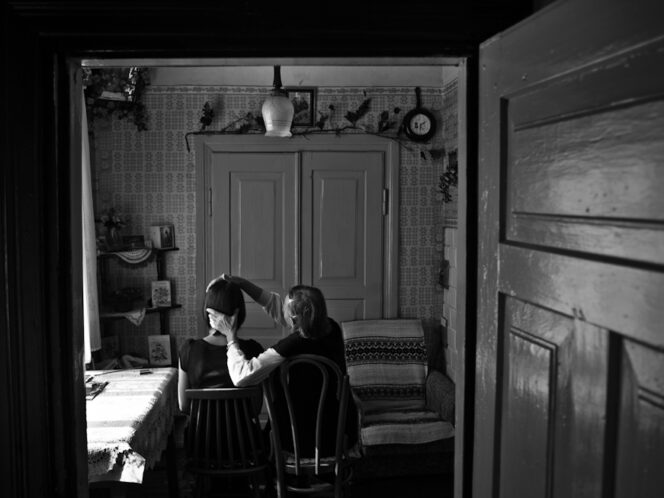“There is no head above the head of a serpent: and there is no wrath above the wrath of a woman. I had rather dwell with a lion and a dragon than to keep house with a wicked woman. (…) What else is a woman but a foe to friendship, an inescapable punishment, a necessary evil, a natural temptation, a desirable calamity, a domestic danger, a delectable detriment, an evil of nature, painted with fair colours! (…) When a woman thinks alone, she thinks evil,” wrote inquisitor Heinrich Kramer in Malleus Maleficarum, known as The Hammer of Witches.
This 1487 treatise became a guidebook for early modern witch hunters. By 1600, it counted 28 editions and 30,000 copies – a jaw-dropping success given that the printing press was invented hardly 30 years before its publication. Soon, few remembered that Kramer was the type of frenzied hater who penned The Hammer in an act of retaliation. He had just been expelled from Innsbruck by the local bishop for causing scandals during his ferocious witch trials. Witnesses claimed that he developed a sexual obsession with one of the accused, Helena Scheuberin.









